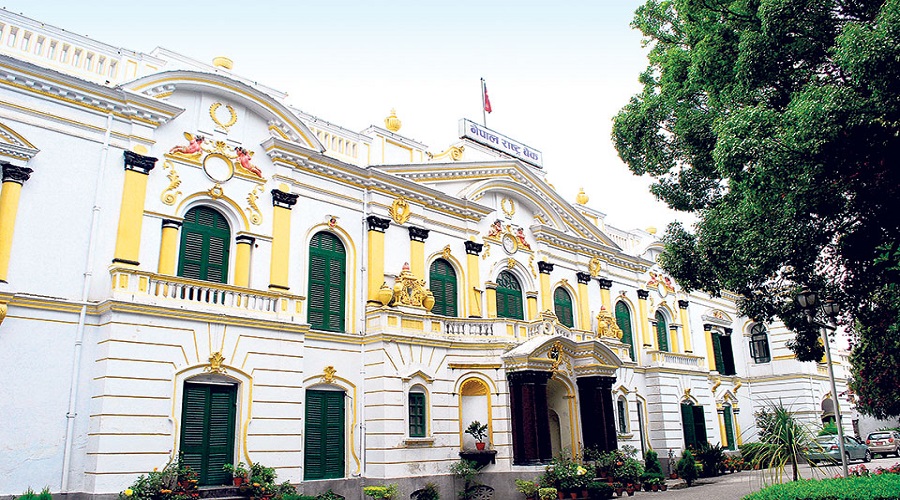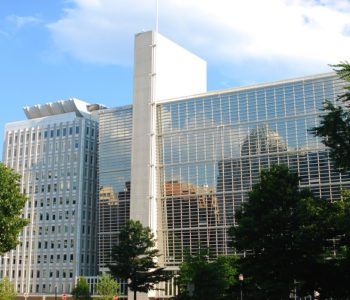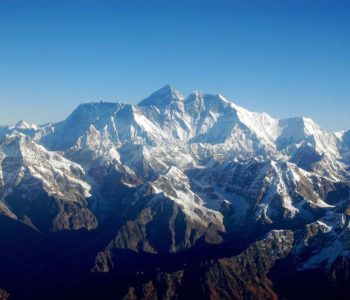Nepal’s public debt exceeds Rs 2 trillion

KATHMANDU: Every year, the country’s public debt grows. The government’s debt liability had reached approximately Rs 2 trillion by mid-February of the current fiscal year (FY 2022/23). According to experts, the country’s economy has become more difficult as debt obligations have increased.
Since June, the public debt has risen by approximately Rs 32 billion. The government’s debt had risen to Rs 2.0433 trillion by the end of mid-February, according to the Public Debt Management Office. It has Rs 996 billion in internal debt and Rs 1.0473 trillion in external debt.
Until the end of the fiscal year, the debt stood at Rs 2.0133 trillion. According to Dilaram Giri, information officer at the Public Debt Management Office, the debt has grown due to rising interest rates and the depreciation of Nepal’s currency.
“The government took on a lot of debt for reconstruction,” Giri explained, “and the debt appears to have risen in recent years.”
Because the government has been unable to increase revenue collection, the budget has been prepared using foreign and domestic loans as major sources. As the source of revenue decreases as the size of the budget grows, so does the volume of debt.
There is an impetus to proceed with large infrastructure construction projects for the country’s development. When internal resources are insufficient, a loan should be obtained for those schemes. As a result, the country is deeply in debt.
“The government took a lot of debt for reconstruction,” Giri said, “The debt seems to Public debt has almost doubled in five years. The public debt was Rs 1.048 trillion in fiscal year 2018/19. The debt totaled Rs 1.4334 trillion in fiscal year 2019/20, Rs 1.7378 trillion in fiscal year 2020/21, and Rs 2.013 trillion in fiscal year 2021/22. In the fiscal year 2022/23, the country’s external debt reached 41.50 percent of its GDP (GDP). Nepal’s GDP is equivalent to Rs 4.85162 trillion.
The size of the country’s internal and external debt has grown in tandem with the size of the country’s GDP. The country’s external debt was equivalent to 30.26 percent of GDP in 2017/18.
In fiscal 2020/21, external debt was 40.73 percent of GDP.
As of March 5, the government had collected Rs 554 billion in revenue in the current fiscal year, while spending stood at Rs 748.5 billion. The collected revenue is approximately Rs 200 billion less than the expenditure.
Because revenue does not cover government expenditure, the government must borrow both internally and externally.
According to experts, as the burden of public debt grows, more challenges will be added to the country’s economy. However, officials from the Public Debt Management Office claim that the debt can be sustained up to 53% of GDP.
“There is no need to panic right now because there is a lot of debt,” Giri, the information officer, said. “Increasing debt but not increasing revenue is a concern.” He stated that the economy is under pressure due to an increase in public debt and a decrease in revenue. Dr. Gopal Prasad Bhatt argued in a research paper that the public debt should be 33 percent of GDP.
In the previous fiscal year (FY 2021/22), the government paid Rs 117.42 billion as principal and interest on public debt. The principal amount was Rs 72.80 billion, and the interest amount was Rs 44.61 billion. A penalty of Rs 41 million was also paid for failing to pay the principal and interest by the deadline.
Public debt is justified if it positively contributes to the growth of the country’s GDP. The government is currently struggling to meet current expenses due to a decline in revenue collection.
The government sets the target for revenue collection, foreign aid, internal and external debt when it prepares the budget. The estimated budget for loan repayment and interest is also included.
The government set a target of collecting 69.13 percent revenue while also raising 14.27 percent domestic debt, 13.50 percent foreign loan, and receiving 3 percent foreign grant when preparing the budget for the current fiscal year. This means that internal and external debt account for 27.77 percent of the government’s total budget.
During the half-yearly review, the government revised the estimates and reduced the budget for the current fiscal year to Rs 1.55 trillion. It is expected that Rs 1.341 trillion will be spent on revenue and internal debt, Rs 38.4583 billion will be spent on foreign grants, and Rs 0.17 trillion will be spent on foreign loans.
Internal debt is raised by the government through Nepal Rastra Bank (NRB), while external debt is obtained from foreign agencies. Various instruments are used by the government to raise loans through the NRB. The central bank makes internal loans by issuing development bonds, savings bonds, and treasury bills.
The government must purchase bonds with high interest rates. Because the bank’s interest rate is high, it is forced to set a high interest rate because it will not be sold unless it is issued at a high price. The government has obtained subsidized loans from foreign agencies. External loans range in maturity from 12 to 40 years. The interest rate on foreign loans ranges from 0.75 percent to 3 percent.
If Nepal is upgraded from a least developed country, it may not be eligible for concessional loans. Then there’s the possibility of having to pay a lot of interest.
Nepal has taken huge loans from the International Monetary Fund, World Bank, World Bank, Asian Development Bank and among other agencies.












Facebook Comment